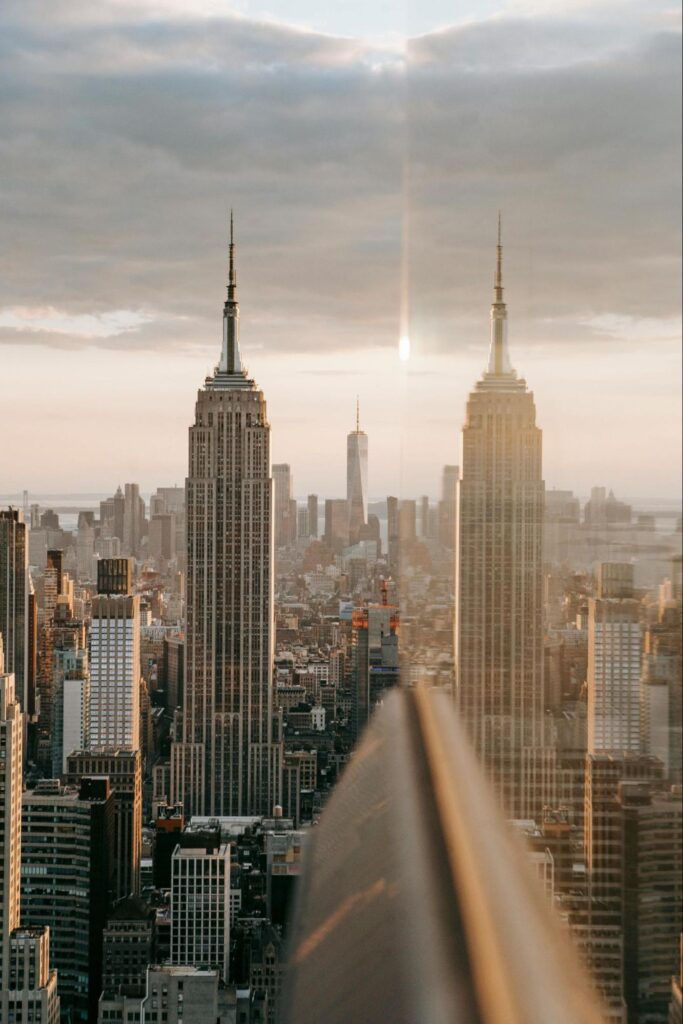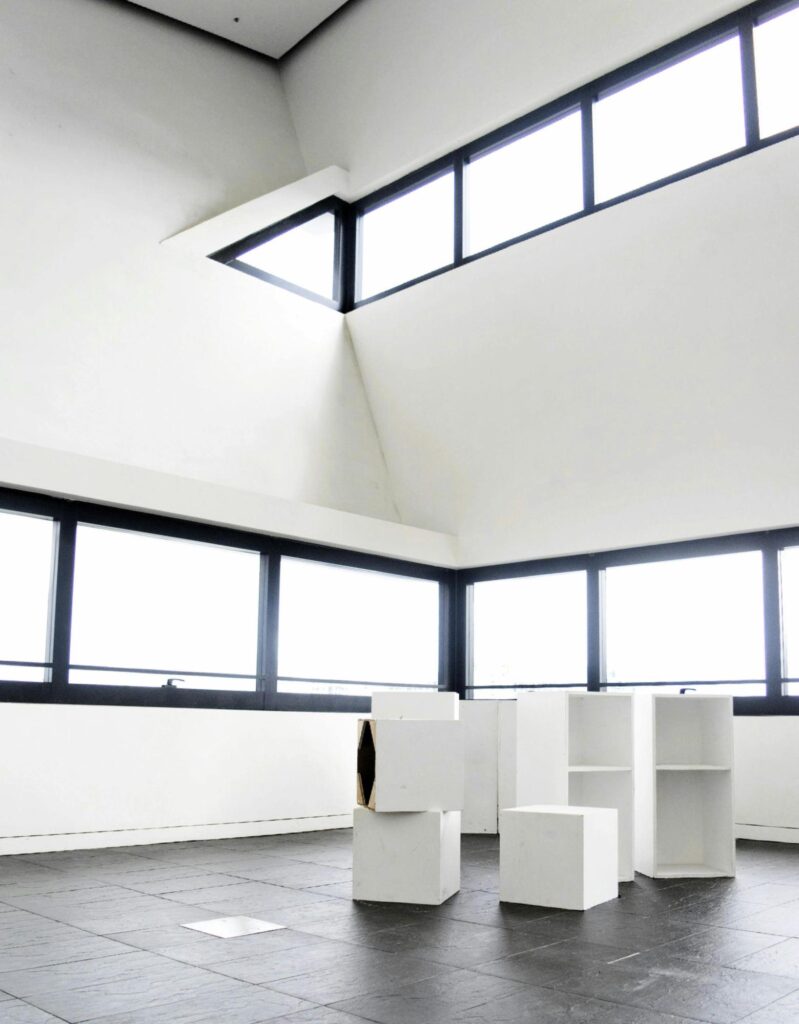Windows are often considered the weakest point of entry in homes and commercial buildings. To enhance security and protect against potential break-ins, many people are turning to security window film. This article will explore the importance of installing security window film, the different types available, the science behind their effectiveness, the steps to install them, and how to evaluate their overall effectiveness.
Understanding the Importance of Security Window Film
When it comes to home safety, security window film plays a crucial role. It acts as an added layer of protection against forced entry by reinforcing the integrity of the glass. In the event of an attempted break-in, the film holds the glass together, making it difficult for intruders to penetrate. It also helps deter burglars, as they would need additional time and effort to gain entry.
In a commercial setting, security window film provides numerous benefits. It can prevent smash-and-grab thefts, where intruders break the glass and quickly grab valuable items. With security film, the glass remains intact, making it much harder for thieves to accomplish their mission. Additionally, the film can protect against vandalism and graffiti, as it can be easily replaced if damaged.
Moreover, security window film offers more than just protection against forced entry. It also provides UV protection, blocking harmful ultraviolet rays that can fade furniture, flooring, and other interior furnishings. This helps in preserving the longevity and aesthetics of your home or office space. The film can reduce glare and improve energy efficiency by minimizing heat transfer through windows, ultimately leading to lower energy bills.
Another advantage of security window film is its ability to enhance privacy without compromising natural light. By choosing tinted or frosted films, you can prevent outsiders from peering into your property while still enjoying the benefits of sunlight streaming in. This is particularly beneficial for spaces where confidentiality is essential, such as conference rooms or private offices.
Different Types of Security Window Films
There are various types of security window films available, each designed to meet specific needs. Solar control window films are popular choices for those looking to maximize energy efficiency while enhancing security. They reduce heat and glare from the sun, providing a more comfortable indoor environment. Additionally, solar control films can help protect furnishings and artwork from fading due to UV exposure, making them a practical choice for homes and businesses alike.
Privacy window films, on the other hand, offer added privacy during the day and at night. They can be customized to provide different levels of opacity and patterns. These films not only enhance privacy but also add a decorative element to windows, creating a stylish and personalized look for any space. Whether you prefer a frosted finish or a sleek mirrored effect, privacy window films offer versatility in design.
Safety and security window films are specifically engineered to withstand impact and enhance glass strength. These films are designed to hold shattered glass together, reducing the risk of injury from flying shards. They are commonly used in areas prone to severe weather events and where safety is of utmost concern, such as schools, hospitals, and government buildings. In addition to protecting against break-ins and vandalism, safety, and security window films can also help mitigate damage from explosions or accidents, making them a crucial safety feature for high-risk environments.
The Science Behind Security Window Film
Understanding how security window film works can help homeowners and business owners make informed decisions. The film is typically made of multiple layers, including polyester, adhesive, and protective coatings. When installed on a glass surface, it creates a strong bond, reinforcing the glass and making it more resistant to breakage.
The material and technology used in security window films are constantly evolving. Some films incorporate advanced technologies such as nanotechnology to enhance their strength and durability. These advancements ensure that the film can withstand high impacts without compromising its functionality.
Moreover, the design of security window films takes into account various factors such as UV protection, heat reduction, and even privacy features. For instance, certain films are engineered to block harmful UV rays, protecting furniture and occupants from sun damage. Additionally, some films are designed to reduce heat transfer, contributing to energy efficiency in buildings.
Furthermore, privacy-enhancing security window films utilize special coatings that provide a one-way mirror effect. This allows individuals inside a building to see outside clearly while preventing outsiders from looking in. Such innovative features make security window films a versatile solution for both safety and comfort in residential and commercial spaces.
Steps to Install Security Window Film
Installing security window film requires proper preparation and attention to detail. Before applying the film, the window surface needs to be thoroughly cleaned and free of any dust or debris. It is recommended to use a non-ammoniated window cleaner and a lint-free cloth for best results.
Once the window is clean, the security window film can be applied. It is important to carefully measure and cut the film to fit the window dimensions. Most films come with an adhesive backing that needs to be activated with water or a special solution before application. The film should be carefully placed on the window surface and smoothed out to remove any air bubbles or wrinkles.
After the film is in place, it will undergo a curing process. This typically involves allowing the adhesive to fully bond to the glass surface. It is essential to follow the manufacturer’s recommendations regarding curing time and any post-installation care instructions.
Security window film is designed to provide an added layer of protection to your windows. It can help hold shattered glass together in the event of a break-in or severe weather, reducing the risk of injury from flying glass shards. Additionally, some security films offer UV protection, helping to block harmful UV rays that can fade furniture and flooring over time.
When choosing a security window film, consider the level of protection you need. Thicker films provide increased strength and security but may be more difficult to install. Some films also offer privacy features, preventing outsiders from looking into your home or office. Make sure to research different options and consult with a professional if needed.
Evaluating the Effectiveness of Security Window Film
When evaluating the effectiveness of security window film, several factors should be considered. Durability and lifespan are important, as the film should be able to withstand prolonged exposure to various environmental conditions. Regular maintenance and cleaning play a role in ensuring the film remains in optimal condition and continues to provide the desired level of security.
Proper care involves using mild cleaning solutions and non-abrasive materials to avoid damaging the film. It is also important to periodically check for any signs of wear or damage, such as peeling or bubbling. If any issues are detected, they should be addressed promptly to maintain the film’s effectiveness.
Moreover, the installation process of security window film is crucial to its overall performance. Proper installation by trained professionals ensures that the film adheres securely to the glass surface without any air bubbles or gaps. This not only enhances the film’s effectiveness in protecting against forced entry or impact but also contributes to its longevity.
Additionally, the type of security window film chosen can impact its effectiveness in different scenarios. For example, some films are specifically designed to provide enhanced protection against break-ins, while others focus on reducing glare and improving energy efficiency. Understanding the specific security needs of the property can help in selecting the most suitable type of film for maximum effectiveness.
Conclusion
Installing security window film is an effective way to enhance security in both residential and commercial settings. It provides an added layer of protection, acts as a deterrent, and helps to reinforce the integrity of glass surfaces. By understanding the importance of security window film, the different types available, the science behind their effectiveness, the installation process, and how to evaluate their effectiveness, individuals, and businesses can make informed decisions to safeguard their properties.


